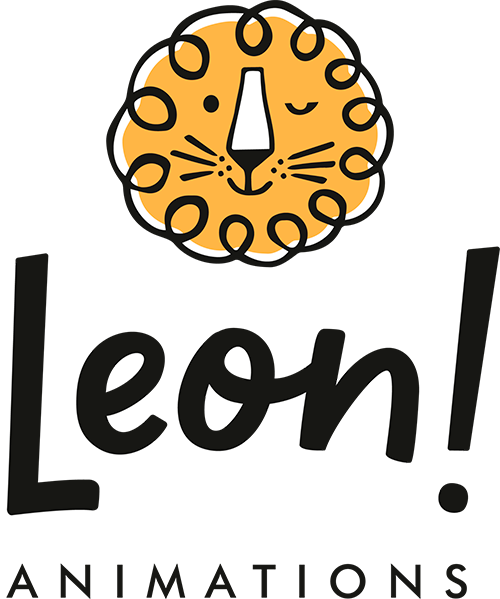Linking The Numbers: The Top 10 Nonprofit LinkedIn Accounts And Their Statistics
In our last blog, we went through Instagram’s top 10 nonprofits; now let's turn our attention to the dynamics of LinkedIn.
LinkedIn has transcended its role as just a professional network to become a pivotal platform for nonprofits to share their stories, connect with supporters, and drive their missions forward.
Let's look at how nonprofits use LinkedIn with statistical research, reflecting on their followers, funding, and the dance between content strategies and user engagement.
TED, with its staggering 23.8 million followers, leads by a significant margin. It is also noteworthy that this is almost the same amount as they have on YouTube.
Organisations like the World Health Organization (WHO), United Nations (UN), and United Nations Children's Fund (UNICEF) trail with followers in the 4 to 5.5 million range.
TED's unique approach as a nonprofit video production company sets it apart. It's not just their ability to distil complex ideas into engaging content but also their distinct style – a blend of serious discourse and casual flair, epitomised by speakers in polo shirts and retro headsets.
Let’s take a look at the relationship between LinkedIn follower counts with funding.
TED's large following on LinkedIn contrasts with its annual revenue of $2.9 billion, while significant, is less than that of the WHO and the UN, with $6.7 billion and $7.4 billion respectively.
Furthermore, while TED commands a considerable following on the platform, it's the Mayo Clinic that stands out with its significant funding of $16.3 billion considering it is a top-ranked hospital in the U.S. It’s surprising that the Mayo Clinic is technically classified as a nonprofit.
Delving into the types of content nonprofits prefer, it's clear that each organisation does things differently.
Looking at the graph, TED leads with a video-heavy approach at roughly 58%, aligning with their focus on engaging talks. This aligns with their goal of spreading ideas through captivating storytelling.
An example of this would be the story of Alex Honnold on how he became the first climber to scale Yosemite’s El Capitan without a rope.
The WHO follows with half of its posts as nonprofit videos, which may be an effective way to communicate complex health messages more accessible and understandable to the general public.
We can see this with WHO’s explainer video on substandard or falsified syrup.
UNESCO and the UN rely more on images, at 82% and 90% respectively.
Below are examples of images from UNESCO and the UN, capturing the beauty of nature and biodiversity while explaining the current threats it is facing.
UNESCO - https://www.linkedin.com/posts/unesco_worldheritage-activity-7153160300723109888-gmF5
The World Economic Forum mixes in pictures (about 78%) and nonprofit videos (just over 21%), while UNICEF uses both videos (31%) and carousels (23%) to show diverse aspects of their aid work.
The Mayo Clinic prominently uses links (over 53%) to provide comprehensive health information that goes beyond the limitations of a social media post (i.e detailed articles and medical resources)
Engagement by the Numbers: Posts, Likes, Reposts and Comments
Now let’s take a look at how often nonprofits post on LinkedIn, and how many likes, comments, and views they typically get.
On average, these nonprofit organisations post about 7 posts per day.
The World Economic Forum leads in post frequency, averaging a staggering 39 posts per day, which may contribute to their visibility and engagement on the platform.
In contrast, TED posts less frequently, with about 2.7 posts per day while other organisations like UNICEF and UNESCO also maintain a robust posting schedule with averages above 5 posts per day,
These nonprofit organisations receive an average of about 480 likes per post on LinkedIn.
TED, with its lower frequency of posts, attracts an impressive number of likes, around 1830 per post. Does this indicate that content quality significantly drives engagement on LinkedIn?
WHO follows with an average of 1040 likes per post while the World Bank has the least amount of average likes with 110.
Reposts (or the number of times a post is “shared”) are another crucial metric of engagement, and here TED shines again, with around 390 reposts per post while WHO follows again with an approximate average of 210 reposts per post.
Similarly, with a lower posting frequency, the WHO engages its community effectively, evidenced by a substantial average of 77 comments per post.
Interestingly, the Mayo Clinic, while having the lowest number of posts per day among the groups at 2, sees a moderate level of likes and comments, which may indicate a quality-over-quantity approach.
Meanwhile, the United Nations Development Programme (UNDP), with an average of 2 posts per day, sees fewer likes and reposts, posing questions about their social media strategy
This data invites us to ponder how the content and posting frequency of these organisations influence engagement metrics such as likes, reposts, and comments. Is there an optimal balance that leads to higher engagement?
Concluding Thoughts: A Landscape of Possibilities
LinkedIn's landscape is dynamic, with key players constantly shaping it. But how do these changes affect real-world advocacy? What content strategies drive the strongest engagement?
TED's impressive 23.8 million followers and 1,830 likes per post highlight the effectiveness of quality content.
The World Health Organization (WHO) and the United Nations (UN) also demonstrate strong engagement, with WHO averaging 1,041 likes per post.
In contrast, the World Economic Forum's frequent posting yields lower engagement, raising questions about optimal content frequency.
Although this data doesn't provide final answers, it reveals intriguing trends. For nonprofit marketing and communication leaders, these insights could be vital for your next strategic direction.
We're keen to hear your thoughts and observations. What nonprofit LinkedIn trends have you seen? What other areas of nonprofit social media use should we explore? Your input adds depth to this ongoing conversation, helping us better understand how nonprofits employ social media.

















